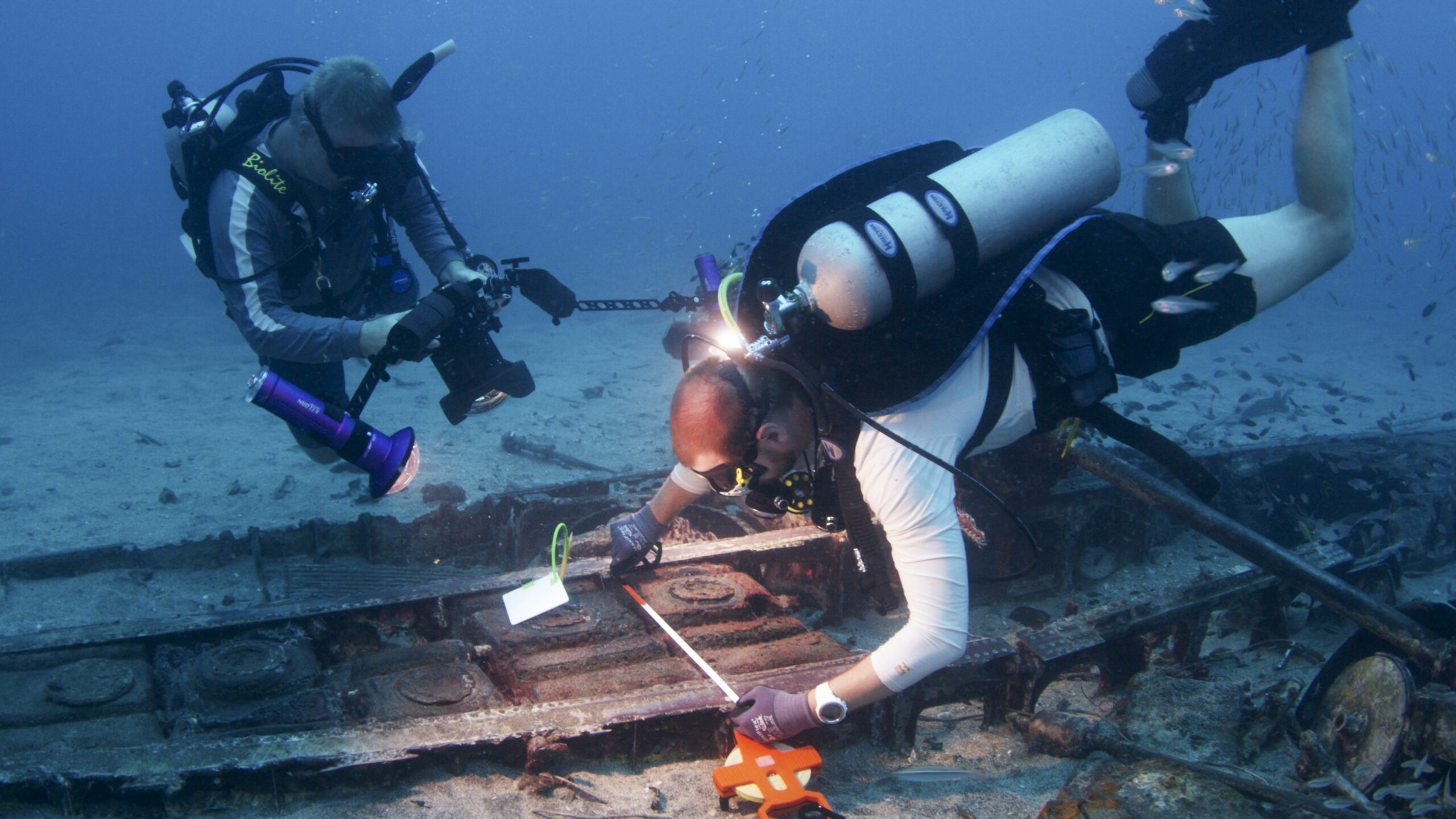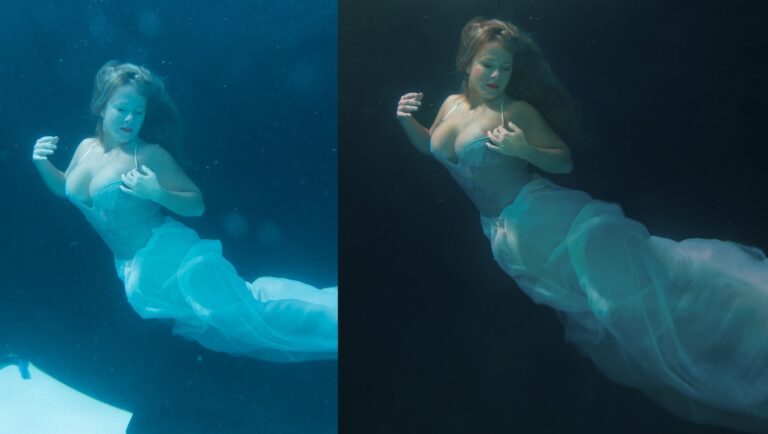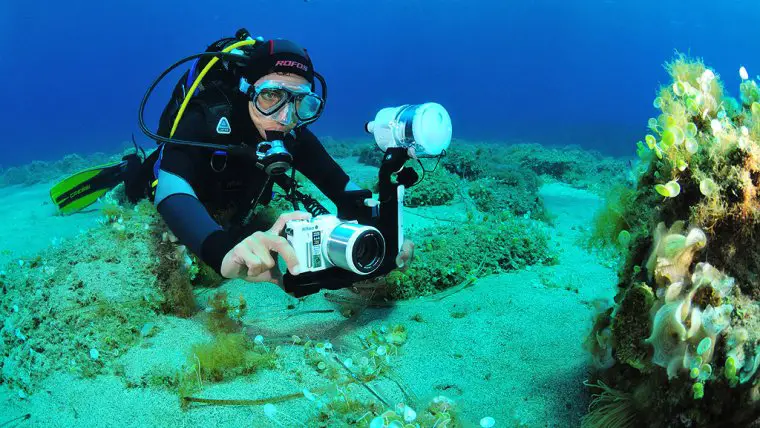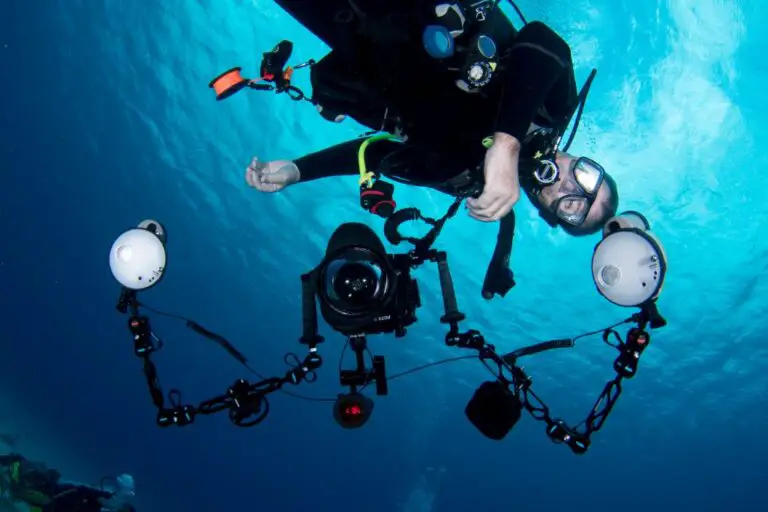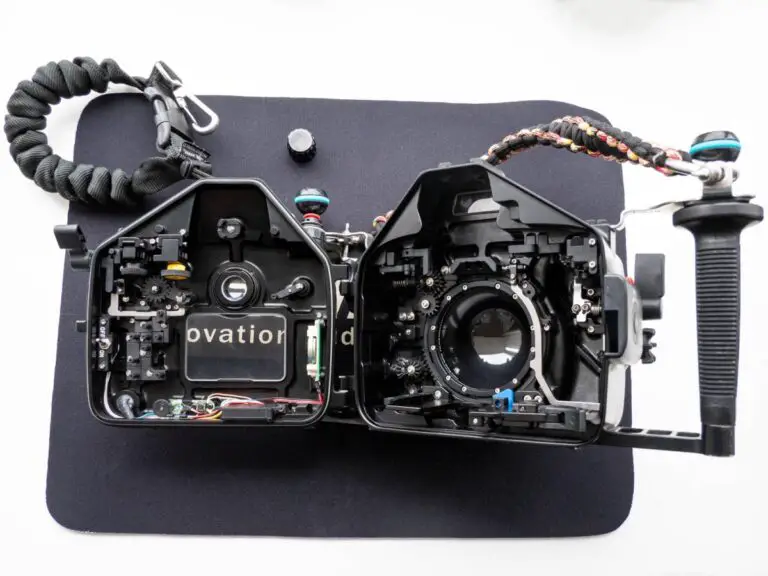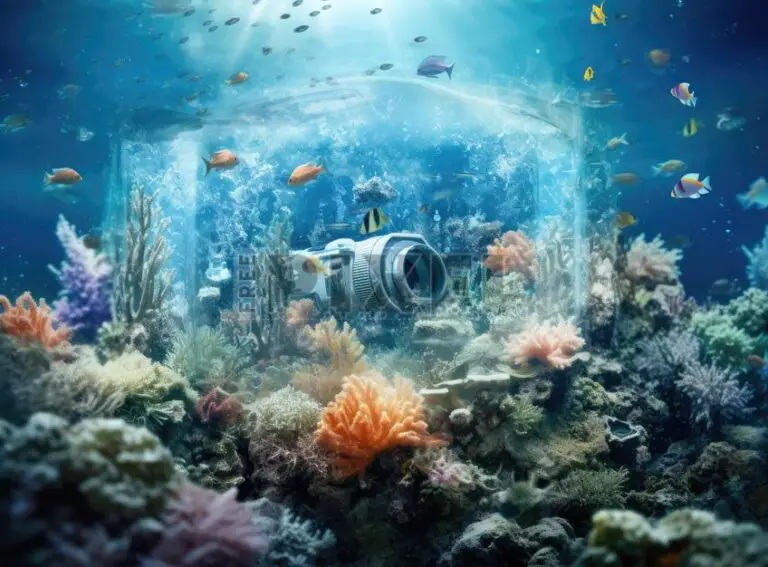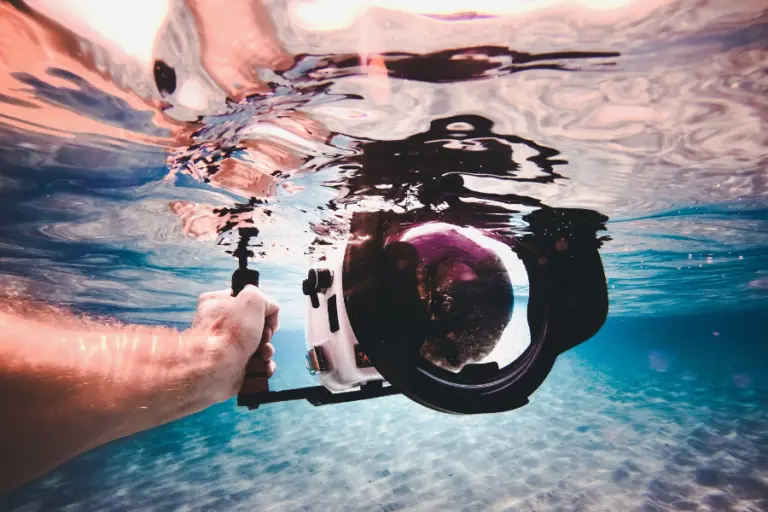From shipwrecks to seascapes: documenting underwater history with a camera
The ocean floor, laced with secrets and brimming with stories, is an intensely visual realm that few are privileged to document. For the intrepid underwater photographer, the art form holds vast potential—capturing moments of a bygone era in the form of shipwrecks and revealing the mesmerizing beauty of undersea landscapes. This craft not only thrills with its aesthetics but also serves as an important tool for historians and marine conservationists. Journey with us as we plunge into the depths of the underwater photography world, setting out to document the past, present, and future of our aquatic realms.
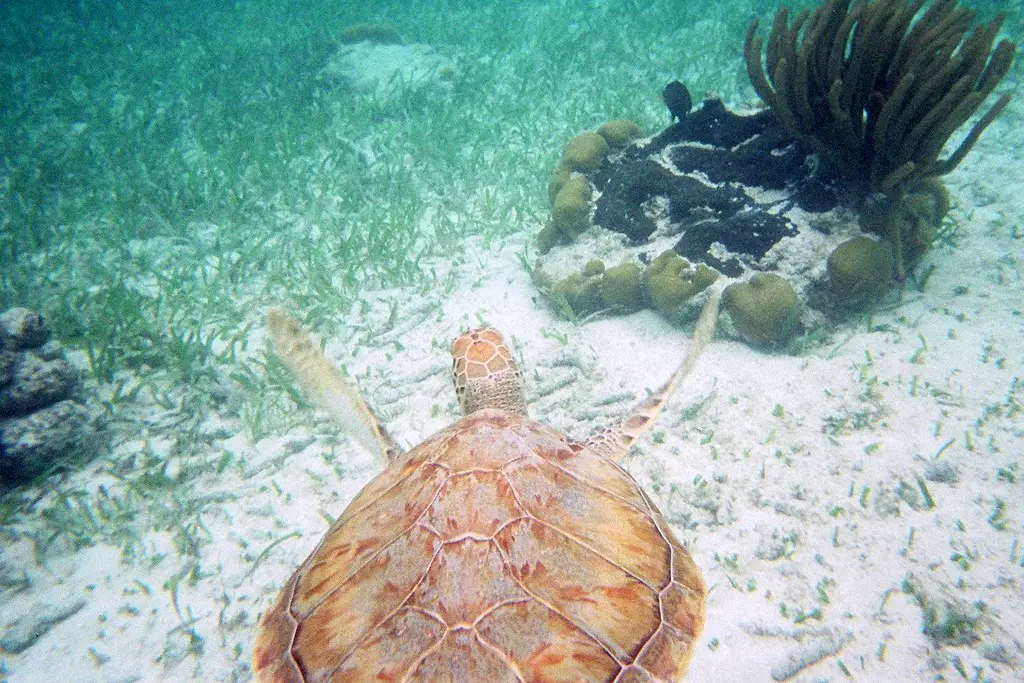
Introduction
The allure of the ocean has always captured the human imagination with tales of sunken treasure, ghostly galleons, and the unyielding power of the deep blue. Yet, there is more to the ocean’s depths than folklore and fantasy; it harbors a wealth of historical significance waiting to be brought to light through the lens of an underwater camera. This post offers a deep-dive into the practice of underwater photography, discussing its significance in historical documentation and natural preservation.
The Art of Underwater Photography
Before venturing into the specifics of history and composition, it’s crucial to understand the basics of underwater photography. Light behaves differently underwater, and this poses unique challenges and opportunities for photographers. This section will cover the essential equipment and techniques needed to master the craft.
Mastering the Gear
Underwater cameras come in various types, from simple waterproof enclosures for smartphones to complex DSLR setups with specialized housings and strobes. The choice of camera depends on your budget, skill level, and the type of photography you aim to achieve. Understanding the importance of factors like aperture, shutter speed, and ISO settings in underwater conditions is just as critical as the choice of camera.
Diving Into Techniques
From the classic stages of photography (preparation, composition, capturing the shot, and post-production) to the unique challenges of buoyancy control, water tides, and reduced visibility, there is plenty to learn. Maintaining one’s composure, both literally and metaphorically, is key to capturing stunning underwater images.
Capturing Shipwrecks
The silent witnesses of bygone eras, shipwrecks offer a glimpse into history that is both haunting and beautiful. Underwater photographers who turn their cameras to these relics provide not only artistic portrayals but also crucial documentation of maritime heritage.
The Preserved Past
Why do shipwrecks hold such fascination? Their stories connect us to history, inspire exploration, and are vital for archaeological study. Documenting these sites can help in their preservation, acting as records that future generations can analyze and appreciate.
Tips for the Wreck Diver-Photographer
Photographing shipwrecks requires a blend of sensitivity, skill, and respect for both the subject and the surrounding environment. Techniques such as wide-angle shooting, using natural light to your advantage, and carefully framing the subject amidst the depths, can elevate your shipwreck photography to an art form.
Exploring Seascapes
Beyond shipwrecks, undersea landscapes offer a breathtaking canvas for photographers. The challenge is to capture the ephemeral nature of these scenes while contending with the dynamic environment of the ocean.
Beneath the Waves
The beauty of underwater seascapes lies in their otherworldly appearance. The play of light on water, the movement of marine life, and the sheer expanse of the seascape call for a different approach to composition than land photography.
The Dance of Light and Shadow
Understanding how light travels underwater is crucial. Dappled sunlight filtering through the waves can create magical effects, while the blue-green cast of water can add a serenity to your images. Techniques such as backlighting to create silhouettes, using the sun as a reference point for shadows, and harnessing the golden hour can lead to spellbinding photos.
Photography Ethics
With the privilege of capturing images in such a delicate environment comes the responsibility to do so ethically. The impact of underwater photography on marine ecosystems is an important consideration for all who ply their trade beneath the surface.
A Delicate Dance
Respecting marine life and underwater landscapes is paramount. Techniques like ‘shoot and examine’ (where the subject is double-checked in the photo to ensure it was not damaged or distressed) help photographers maintain ethical standards.
Being Part of the Ecosystem
Underwater photographers can play a significant role in supporting marine conservation. Beyond not disturbing the environment, contributing images to research projects, documenting coral reefs for signs of bleaching, and raising awareness of the marine pollution crisis are all ways photography can make a positive impact.
Community Engagement
The underwater photography community is a tight-knit one. Sharing experiences, techniques, and even photo spots is not just about building one’s own skills but about fostering an environment of collaboration and respect.
Strength in Numbers
Connecting with other photographers and divers can provide both mentorship and friendship. Organizing group clean-ups, participating in underwater photography festivals, or even just sharing knowledge online can make the community stronger and more effective in its conservation efforts.
The Ripple Effect
The power of photography lies in its ability to tell stories and influence hearts and minds. This section will focus on how individual photographers can use their art to inspire action, from local beach clean-ups to global awareness campaigns.
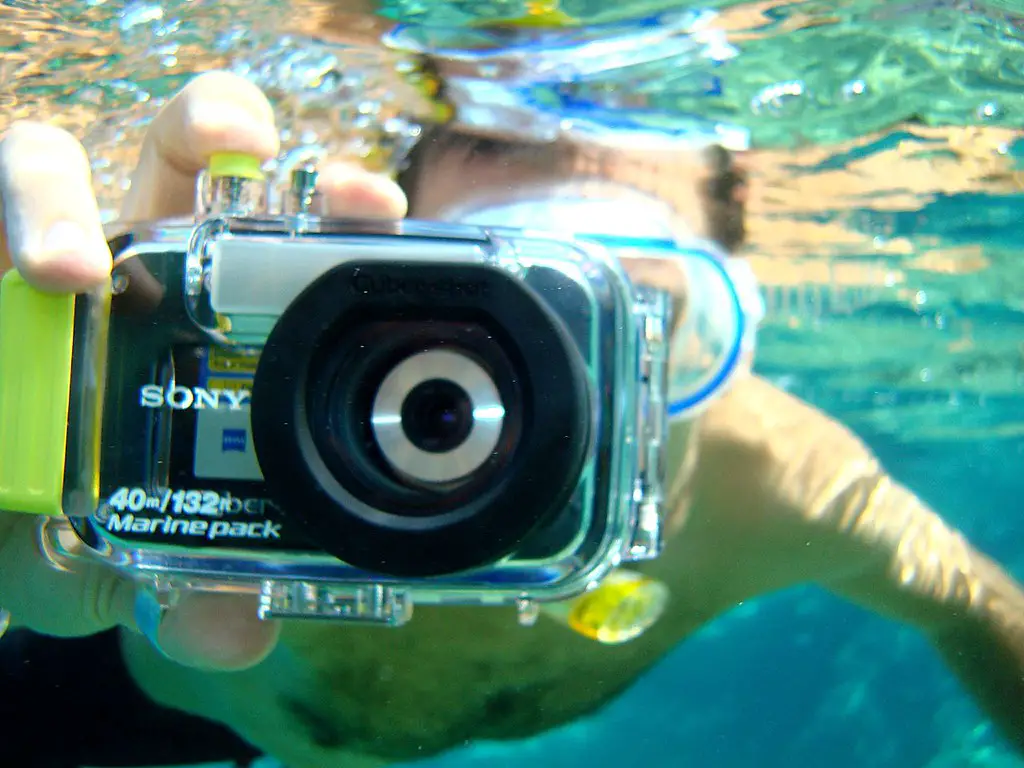
Conclusion
Underwater photography is about more than just capturing a beautiful image—it’s about preserving history and promoting conservation. With the right approach, it can serve as a powerful voice for ocean advocacy and an enduring record of our underwater world. For those drawn to the sea’s depths, may your photos convey the majesty of what lies below and the importance of protecting it for future generations. Whether you document shipwrecks or seascapes, remember that each image adds to the collective visual legacy we leave behind, a legacy that should be as rich and meaningful as the underwater landscapes we aim to portray.

